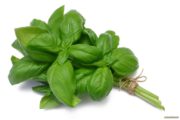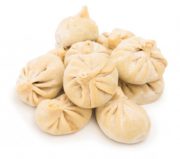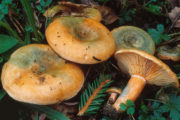How to freeze basil for the winter at home in the freezer
Basil greens are very aromatic, healthy and tasty. This spicy herb is widely used in cooking, as an additive to soups, sauces, meat and fish, as well as in cosmetology. To preserve a little bit of summer, let's try freezing basil in the freezer. Read about all the intricacies and methods of freezing basil for the winter at home in this article.
Time to bookmark: Summer, Autumn
Content
Should I dry or freeze basil?
This question worries many housewives. The answer to this is very simple - if it is possible to freeze greens, then it is better to do so. If there is not enough space in the freezer, then drying herbs is an excellent option. It is better to prepare herbs for the winter in any way than not to preserve the harvest at all.
Preparing greens for freezing
Basil should first be soaked for 30 minutes in cool water with added salt. This manipulation will help get rid of all insects that could remain in the greenery. Then the grass should be thoroughly washed in running water.

Raw basil sprigs are shaken off excess water and then laid out on paper towels to dry thoroughly.
Ways to freeze basil for the winter
How to Freeze Fresh Basil
Dry and clean basil sprigs can be frozen entirely or only the leaf part can be separated from them. What to do in this case is up to you to decide.

Place fresh basil in bags, remove all the air from them and carefully seal them. It is very convenient to use zippered freezer bags.
Basil can be chopped before freezing. This can be done with a regular knife, a food processor, or special scissors for cutting greens.
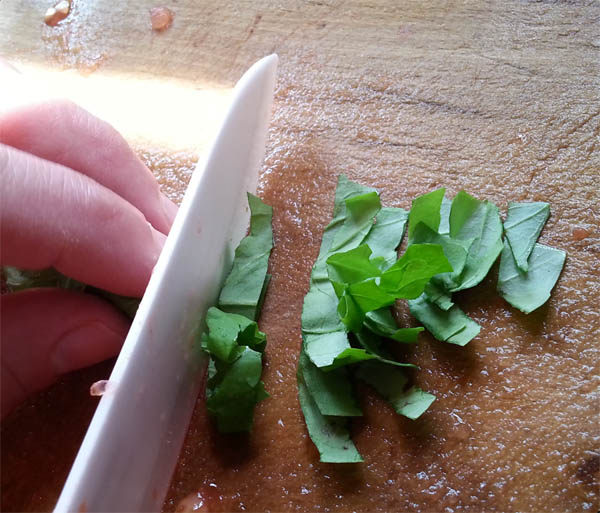
Chopped herbs are placed in containers or bags. The ideal option would be small portioned bags - for one time.
Tightly closed containers with whole or chopped basil are sent to the freezer for storage.
Watch the video from Arthur Vershigor - How to keep greens fresh
How to Blanch Basil Before Freezing
This method is a little more troublesome. Before using it, it is necessary to carry out preparatory procedures in the form of preparing a sufficient number of ice cubes. Ice is dipped into a bowl of cold water, thereby achieving maximum cooling of the liquid.
Boil water in a separate saucepan. Basil leaves or sprigs are placed in a sieve, which in turn is lowered into boiling water for 5-10 seconds. After this, the grass is taken out and immediately placed in a bowl of ice water for 1 minute.

Next, the grass is dried on paper towels, packaged in containers or bags, and put in the freezer.
How to Freeze Basil in Oil
Basil needs to be chopped for this method. This can be done in a food processor or manually - with scissors or a knife.
If you chose the first method, then the oil can be added immediately during the grinding process. Oils and herbs should be taken in a 1:2 ratio. The prepared mass is placed in ice trays and frozen.
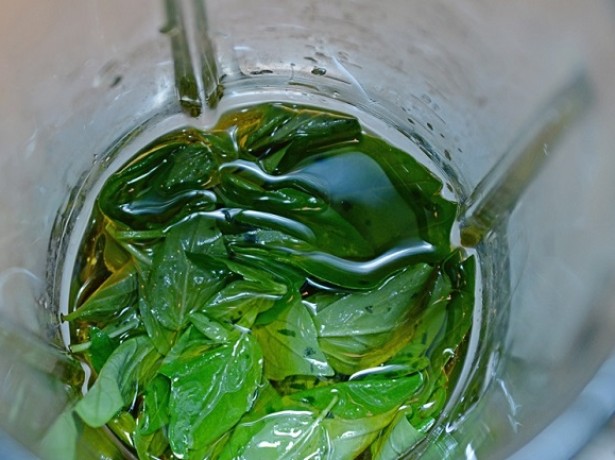
If you did the cutting manually, the chopped greens are first laid out in molds, and only then filled with oil.
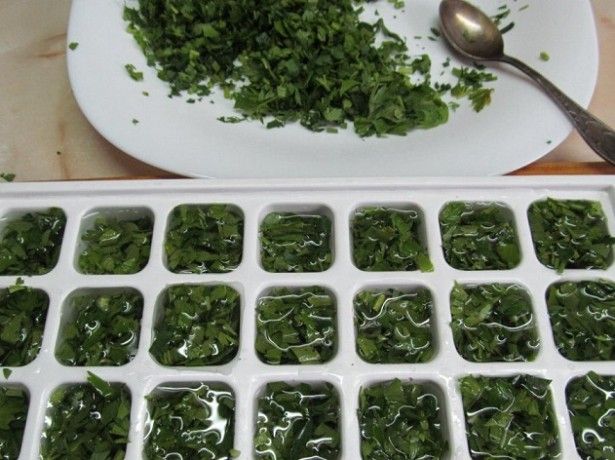
You can use different types of oil:
- olive;
- vegetable;
- creamy.
The butter must first be melted.
It is very convenient to freeze basil and oil in an airtight bag. The green mass is placed in a bag, distributed evenly, zipped tightly and flattened. If necessary, break off the required amount of basil from the plate frozen in this way.
How to Freeze Basil in Water or Broth
This method differs from the previous one only in filling. Instead of oil, use water or broth. By the way, frozen basil cubes with water can be used in home cosmetology.
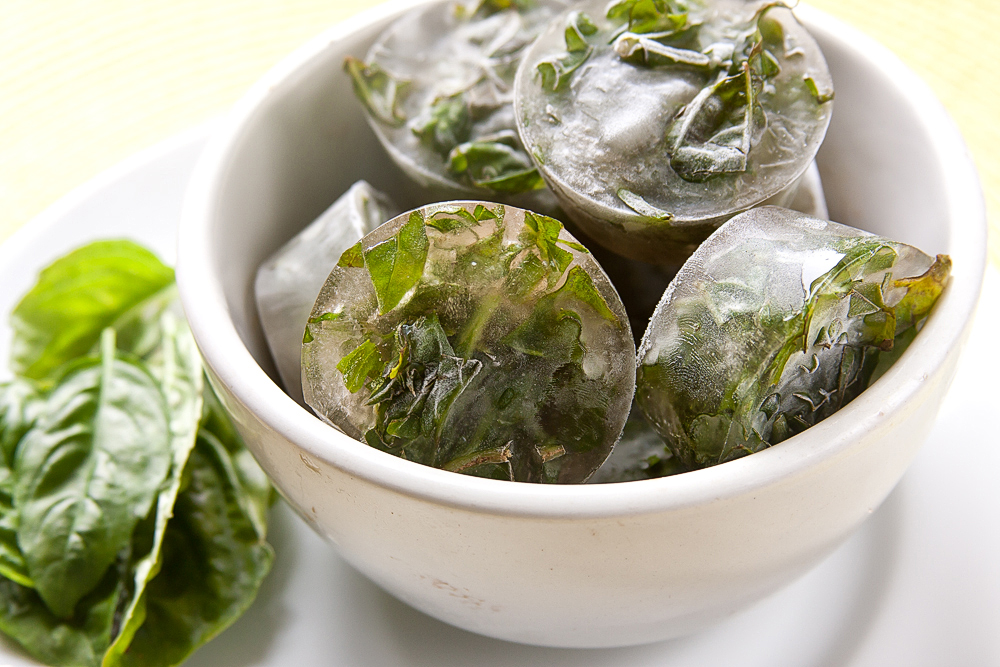
To prepare pesto sauce, you can prepare basil paste with water. To grind the basil finer, you will need a blender.
Advice: To make it easier to remove the green cubes from the ice molds, the bottom of the mold can be lined with cling film.
See video from the channel “Olya Pins” - 4 WAYS TO FREEZE GREENS Simple recipes from CookingOlya
Storing Frozen Basil
Frozen herbs store well in the freezer, so you can safely stock up for the year ahead, until the next harvest.

